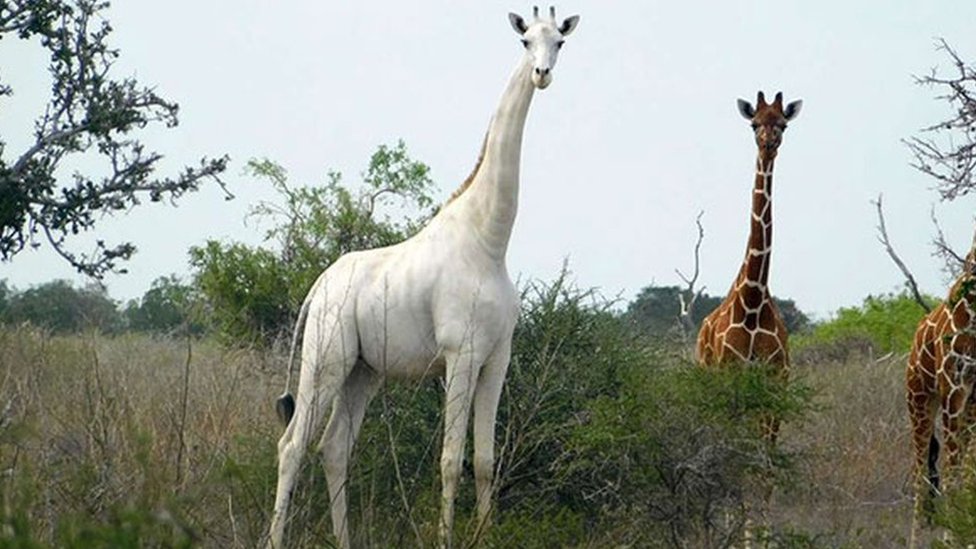This was a place I shared my learning up to December 2021.From 2022 onwards I used a different blog platform.
Monday, June 21, 2021
Romeo and Juliet: Act 1 - Scene 5: Reflection Section | Wānanga
Tuesday, June 15, 2021
English Assessment
Welcome to another post. For the past few weeks in English, our assigned task was to organise and create a short film based on the written play, "The Merchant of Venice".
Our short film is about two friends discovering a map and tracking this map around the globe, little did they know that there was danger lurking in the distance, one of the men decides to take the treasure all to himself with greed but the intruders who tracked these men stopped him and took the treasure for themselves.
Our story retells the trial scene of the merchant of Venice using the saying, "you reap what you sow" which also relates to "karma".
The one additional film techniques that we used was "tracking shot" for this shot we used it to hook the viewer in, and makes the viewer see and experience the side perspective of the characters.
Some challenges that we experienced whilst making this film was organisation and lack of time because on some days not all of our group was here, and whenever we would start filming we would get a little off-task, Our learnings gained from these challenges was that we should have put more depth and more techniques in the film to make it feel more alive, also we learnt to stay on task and focus on what our assigned task was so that we can conquer the challenge of making the film.
What I would do differently next time is using more intriguing film techniques and focusing on completing all of the film techniques that were meant to be used and extra. Also, I would focus more on the editing part of the video and make it more dramatic!.
Thursday, June 10, 2021
Simon Sinek on Millennials in the Workspace: Reflection Section | Wānanga
Welcome to another post. Today, in Wānanga, we watched an interview by Simon Sinek.
- Parenting
- Social media/Technology
- Impatience
- Environment
Friday, June 4, 2021
World's Only White Giraffe Tracked via GPS: Reflection Section | Wānanga
- Leucism inhibits pigmentation in some skin cells.
- Animals with leucism may have darker pigment in their softer tissue.
- Giraffes with leucism retain their darker eyes, whereas animals with albinism have pink eyes
- Birds, lions, fish, peacocks, penguins, eagles, hippos, moose and snakes have all displayed traits of leucism
- White giraffes have been first spotted in Kenya in March 2016.
- Two months earlier, a white giraffe was spotted in the neighbouring country of Tanzania.
- Approximately, 40% of the giraffe population has been disappearing in the past 30 years and the poaching for meat and skin continues.
- According to the International Union for the Conservation of Nature (IUCN), the population dropped from 155,000 in 1985 to 97,000 in 2015.
Thursday, June 3, 2021
GPS Tracker Fitted to Help The World's Only Known White Giraffe
 |
| BBC | Ishaqbini Hirola Community Conservancy Rangers fear the unique white skin of the giraffe may be make the animal vulnerable to proachers |
A conservation group said rangers could monitor the lone male giraffe’s movements in real-time. The giraffe has a rare genetic condition called leucism, which causes the loss of skin pigmentation.
Rangers fear the giraffe could suffer the same fate as his relatives, a female and her seven-month-old calf with similar white skin.
The non-profit group said the tracking device would give hourly updates on the giraffe’s whereabouts, enabling rangers to “keep the unique animal safe from poachers”.
Giraffes have been designated as a vulnerable species on The International Union for Conservation of Nature’s (IUCN) Red List, with an estimated population of 68,293 globally.